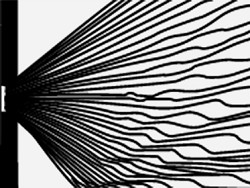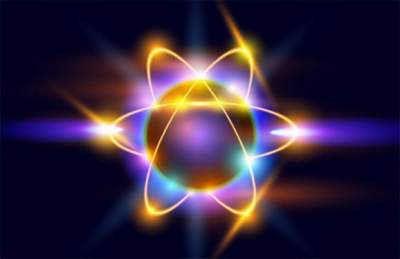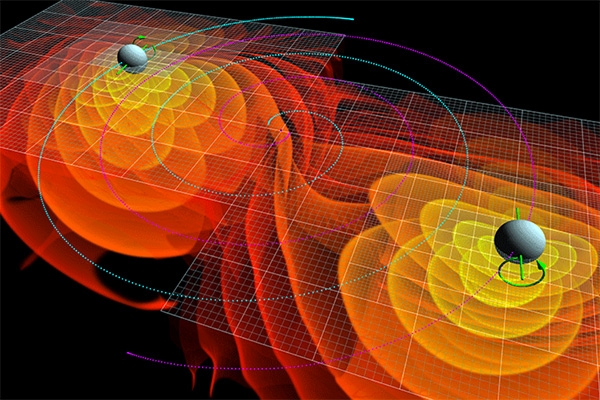
Physics from the University of Toronto in Canada demonstrated that criticism of their previous work called quantum surrealism. Scientists conducted the experiment confirms the interpretation of quantum mechanics, suggested by physicists Louis De Broglie and David Bohm. A study published in the journal Science Advances, and briefly about it, reports EurekAlert!
Scientists conducted an experiment which tracked the trajectory of correlated photons after they have passed through one of the slits in the side of the screen — nonlocal influence of one particle on another due to their quantum entanglement. The particles formed are characteristic of the surrealist image. Thus, scientists were able to confirm the theory of de Broglie-Bohm, which opponents criticized for failing to describe the behavior of entangled photons.
“I’m a little focused on the study of the philosophical question of what is actually happening. I think down-to-earth study fruitful. Instead of reasoning about various metaphysical interpretations, I prefer to use photos. They are useful for the formation of intuitive representations,” said one of the study’s authors, physicist Efrem Steinberg.
The Copenhagen interpretation of quantum mechanics uses the uncertainty principle of Werner Heisenberg (you cannot simultaneously precisely determine the position and momentum of a particle). Measurement of States of quantum particles classical device changes the state first, so that the particle’s position (after the measurement) the experimenter learns only with some probability.
In the interpretation of the de Broglie-Bohm particles have real trajectory, are defined, unlike the Copenhagen interpretation, until the measurement procedure. The mathematical description of this is achieved by using so-called wave-pilots. The theory was first proposed in the 1920s, the French physicist de Broglie and developed in the 1950s, an American scientist D. Bohm.
In their experiment, the scientists showed that surrealism was a consequence of the nonlocality — the fact that particles can influence each other instantaneously at a distance. Scientists note that, although the Copenhagen and de Broglie-Bohm interpretation mathematically and experimentally equivalent, visualization of the actual paths can be a useful technique.






